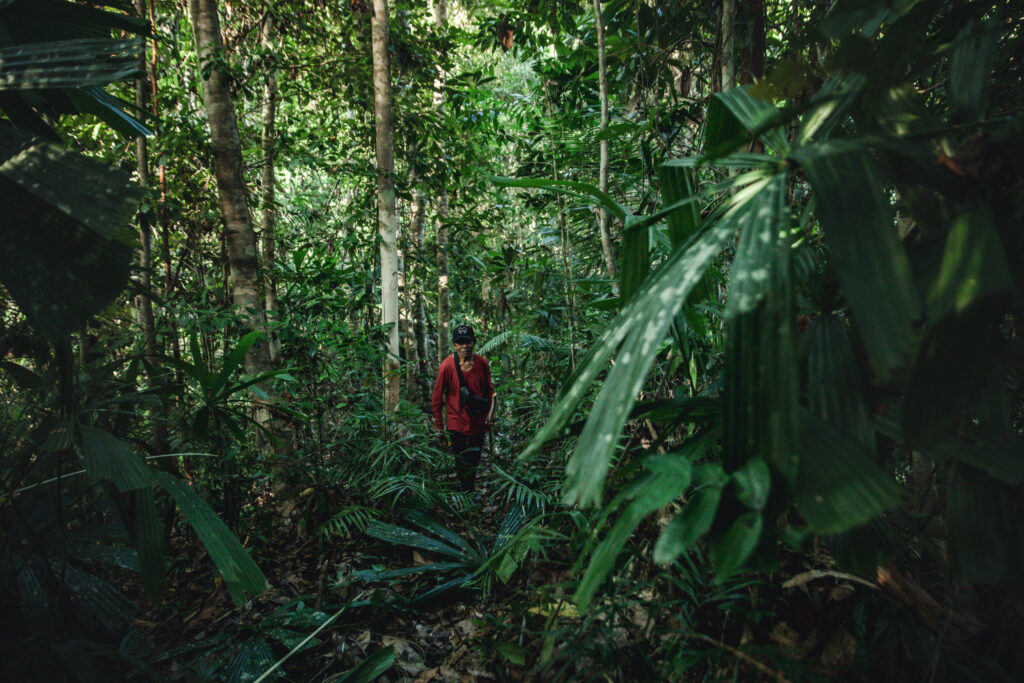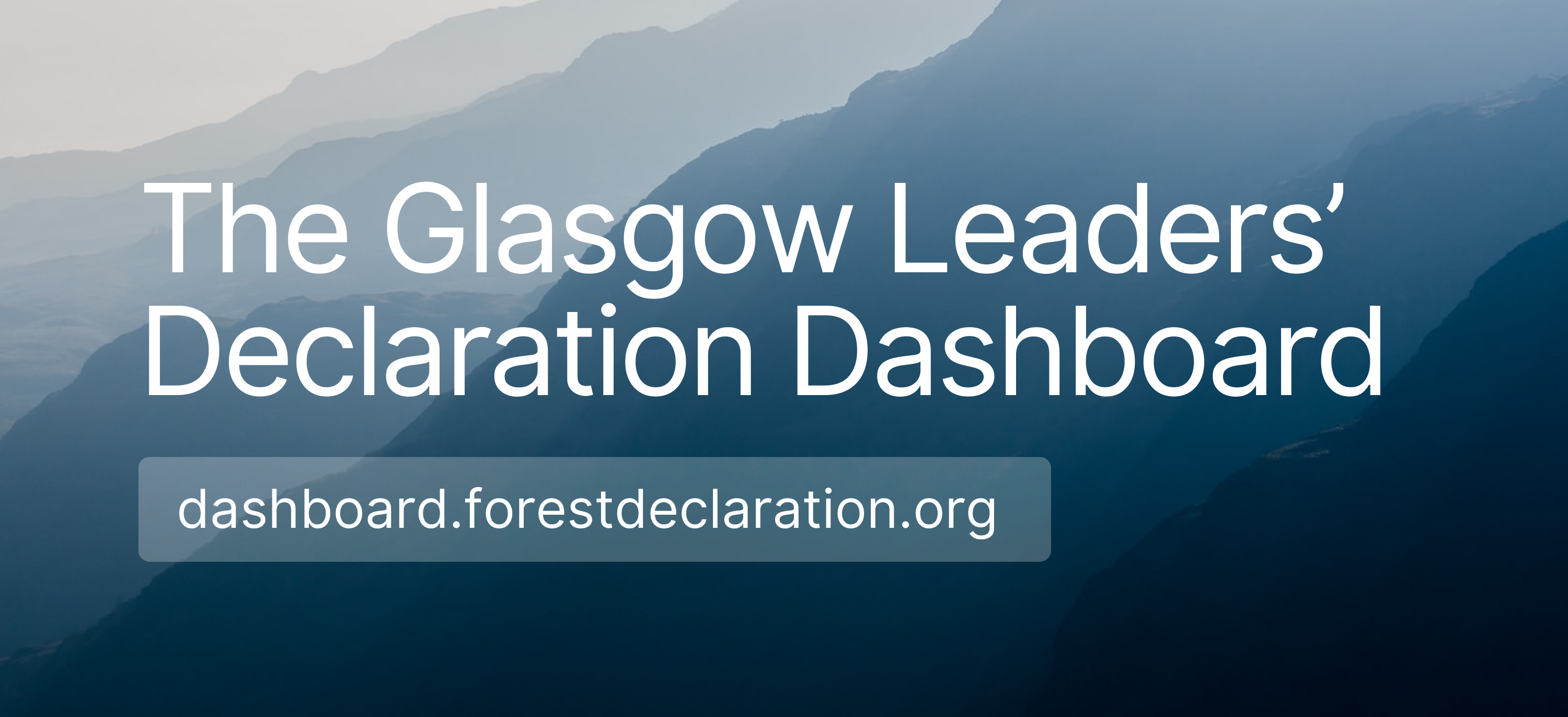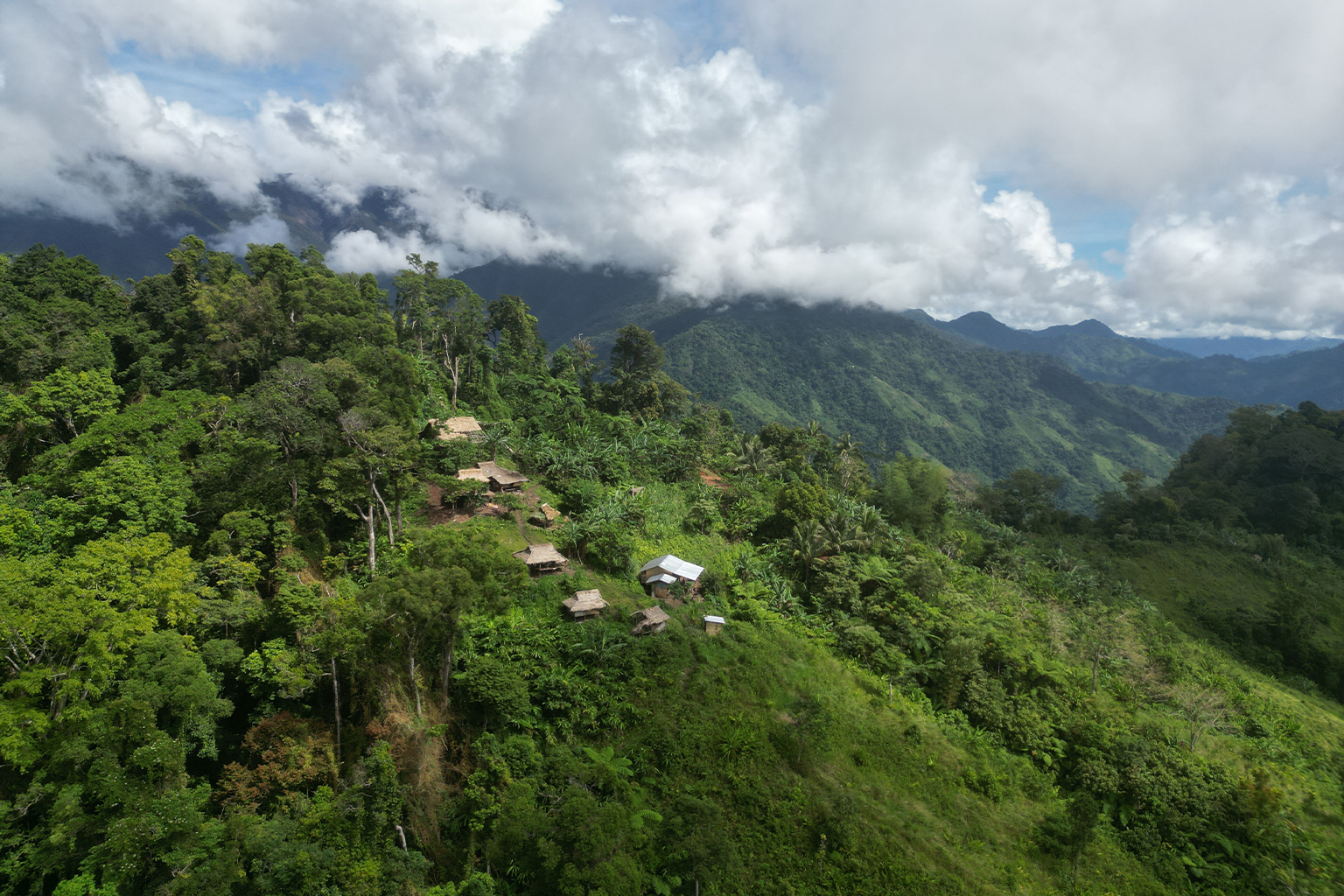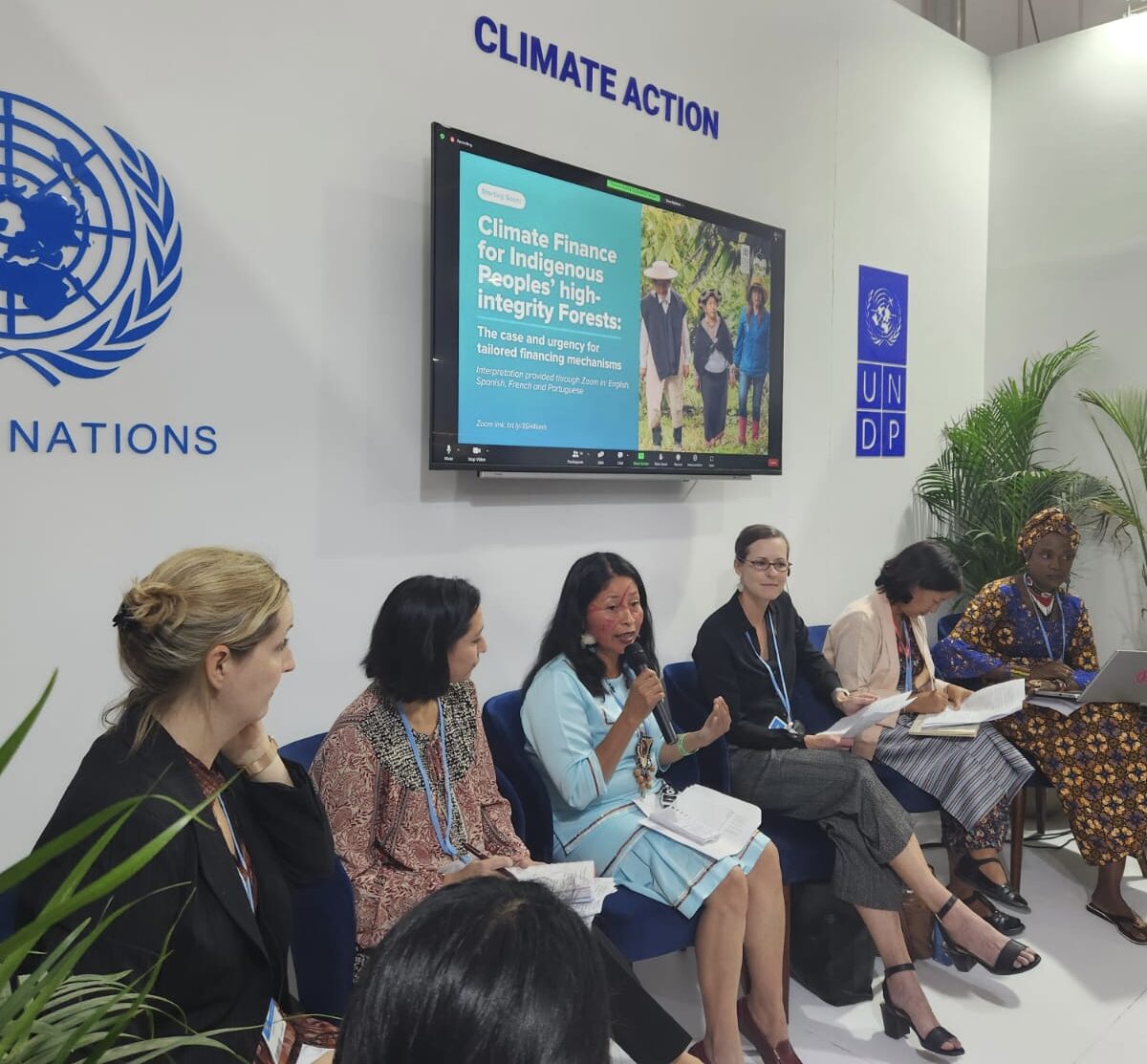WASHINGTON, DC—(16 November 2023) The first study to look closely at whether national biodiversity plans are aligned with commitments to respect Indigenous and community rights reveals that countries will need to radically change their approach to biodiversity conservation to prevent harm to communities in the implementation of “30x30” and other conservation targets considered central to the landmark agreement hammered out in Montreal last year.
Released today, just two weeks before COP28 in Dubai, the analysis of 27 national plans for achieving biodiversity targets reported that only one third of the assessed plans seeks to strengthen the rights of Indigenous peoples and/or local communities, and, none of them included safeguards to respect rights when expanding protected areas, part of a global initiative meant to cover at least 30 percent of land and sea worldwide by 2030.
Most of the plans in the study, which represent a broad range of biomes, date back to before the UN Global Biodiversity Framework event in Montreal last year. In seven of the countries, researchers also took an initial look at newer plans, developed using the Kunming-Montreal biodiversity framework, and found that these too are on track to repeat the same mistakes.1 The national biodiversity plans are due to be finalized next year.
“If governments continue on the same path they have taken up till now, I don’t see a realistic chance of the 2030 targets being met,” said Darragh Conway, co-author of the report and lead legal consultant for Climate Focus. “So, we need a radical shift. And from what we are seeing so far in countries that are already updating their plans, there are still major challenges in achieving that shift.”
Additional key findings in the study include:
- Fewer than one third of assessed countries engaged Indigenous Peoples and local communities when developing their strategies. Consultations that did occur were often inadequately funded, had a limited scope, and did not provide meaningful opportunities for Indigenous Peoples’ and local communities’ voices to be heard.
- Only one third of assessed countries include provisions for strengthening communities’ rights, despite overwhelming evidence that this is among the most effective biodiversity conservation strategies.
- None of the assessed countries’ strategies have clear safeguards to protect Indigenous Peoples’ and local communities’ rights, despite extensive evidence of biodiversity conservation violating these rights.
The study was presented today at a virtual press briefing. Conway, the lead author, was joined by Indigenous and biodiversity experts who warned that the new findings, as well as those laid out recently in a second paper reporting rising deforestation and lagging progress on the rights of communities, point to a disturbing trend, with potentially alarming consequences for the conservation of nature and the goals of a “just transition.”
National governments have been slow to respond to evidence that successful conservation initiatives must draw on traditional knowledge and ensure that affected Indigenous and local communities have strong rights to their territories. 
Biodiversity researcher Pamela McElwee, who moderated the briefing and who is currently co-chairing an IPBES assessment on the interlinkages between biodiversity, water, food, health and climate, noted that climate change and biodiversity loss are “inextricably connected, with each stressor contributing to and exacerbating the effects of the other.”
In a paper published separately in Science earlier this year, McElwee and her co-authors warned of dangerous trade-offs if climate solutions are implemented without consideration of potentially negative impacts on people and planet. Instead, the authors concluded, “Strengthening the biosphere on land, in freshwater and the ocean will support climate change mitigation, adaptation, biodiversity, human wellbeing and livelihoods.”
“The two crises are often treated as singular problems but addressing them together can lead to much more powerful solutions,” said McElwee, Professor of Human Ecology at Rutgers University. “An effective way to do this is to design and implement conservation interventions that draw on the values and knowledge of Indigenous peoples and local communities. Recent reports by both IPBES and the IPCC have shown that such an approach can mitigate damage to vulnerable ecosystems and reduce the extinction risk threatening hundreds of thousands of species.”
Representing a global alliance of organizations in tropical forest countries in Asia, Africa and Latin America, Indigenous spokespeople on the briefing said the evidence released today, and their own experiences, suggest that governments are not prepared to manage the tradeoffs of investing locally to meet global climate targets.
The speakers described the initial impacts of “climate solutions” that have displaced communities and damaged local ecosystems. These include renewable energy projects and mines to extract minerals and metals like copper, nickel and bauxite for the “green” transition.
“We are struggling in Indonesia with violations of the rights of Indigenous communities whose territories are covered by concessions to mining companies and geothermal projects, all in the name of solving the global climate crisis,” said Mina Setra, AMAN deputy director and member of a Dayak community that was deforested to make way for a palm oil plantation. “Our forests and the other ecosystems we manage represent a precious repository of biodiversity and of traditional knowledge of great value to us and to all humanity. We are an existing solution to climate change, but we want the world to know our governments cannot be trusted to ensure the survival of our communities and our forests.”
Global agreements that have emerged from the UN’s global climate events, and the work of IPCC climate experts, have increasingly cited the vital role of Indigenous peoples and local communities in mitigating and adapting to climate change, but have left implementation in the hands of governments, often deferring to national sovereignty when it comes to enacting and enforcing of land rights.
This reliance on national governments to protect the rights of Indigenous peoples represents a generous loophole that both governments and companies have taken advantage of, said Levi Sucre, a member of the advisory committee of the Global Alliance of Territorial Communities (GATC).
He said the findings presented at the briefing should be a warning to COP negotiators as they finalize plans for investing in climate solutions and for creating a loss and damage fund, most of which will go to governments in the Global South.
“This blending of public and private finance for protecting the planet or for compensating for its destruction will not succeed if tropical forest governments—considered some of the most corrupt in the world—are the only recipients of these funds,” Sucre said. “The evidence shows that decisions about 30x30, and about where and how to invest in protecting and restoring our ancestral territories, must be guided by the values of Indigenous and local communities, and not by the narrow market values of the system driving the climate and biodiversity crises.”
Sucre noted that a recent UN report seems to be promoting investments in still unproven carbon capture technologies and carbon markets. Missing from the proposals is a call for investing in communities on the front lines in protecting nature, Sucre said. Also missing, he added, are safeguards that would heed the warnings of UNFCCC experts in a new technical document analyzing the potential impacts on Indigenous territories of climate solutions, including renewable energy projects and forestry schemes.
“We know that experts are advising negotiators at COP28 that their solutions could harm our communities, and the health of the ecosystems we protect,” Sucre said. “They also say we should play a leading role in the global response to climate change, especially indigenous women who play a vital role as stewards of natural resources. We want to know when global climate policies will reflect those findings.”
According to the research presented today, only 15% of the 27 countries had consulted women from Indigenous and local communities in developing national plans for protecting biodiversity, and none of the countries in the study committed to recognizing and respecting women's tenure rights.
“Women in particular are often at the forefront of biodiversity conservation in communities,” Conway said. “They do this by teaching and sharing knowledge and innovation, developing strategies to conserve plants of medicinal value and in using diverse genetic resources in their agricultural plots to help important crops develop resistance to the impacts of climate change.”
Setra noted that many in the Indigenous movement understand that the transformation of an entrenched way of thinking about nature will take time in a system governed by economists who don’t understand the priceless value of the natural world.
“We believe that extreme weather events will eventually lead the powerful to see things our way,” Setra said. “Meanwhile, we argue that donors should invest directly in the funds created by Indigenous organizations, if the goal is to obtain results-based outcomes. And in the interest of avoiding harm to humanity and our common home, we ask to be given a chance to design and guide decisions made about how and where to invest in global climate and biodiversity solutions that affect our territories.”
Read the full report here:
Protecting Nature, Respecting Rights: Putting Indigenous and community rights at the heart of National Biodiversity Strategies and Action Plans
For more information, contact:
Wanda Bautista, WhatsApp: +1 302 233 5438, [email protected]
Eugenia Blaubach, WhatsApp: +1 954 937 5846, [email protected]






